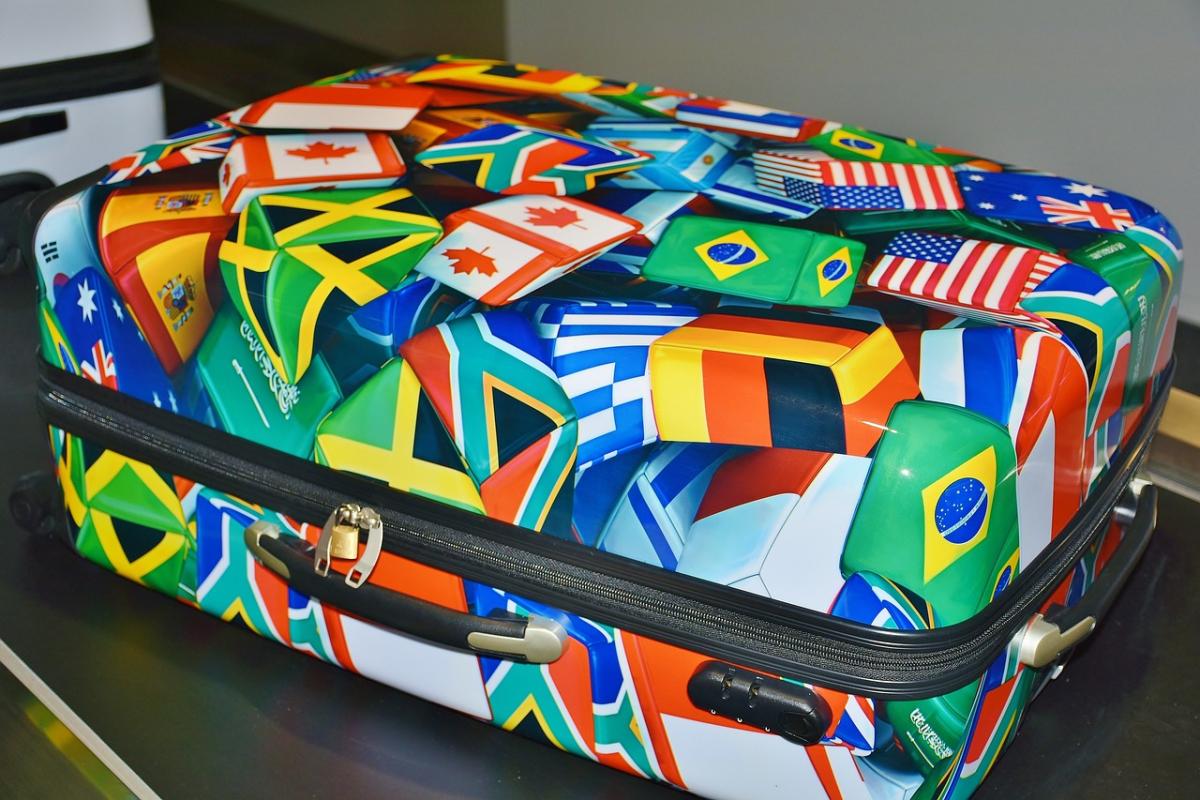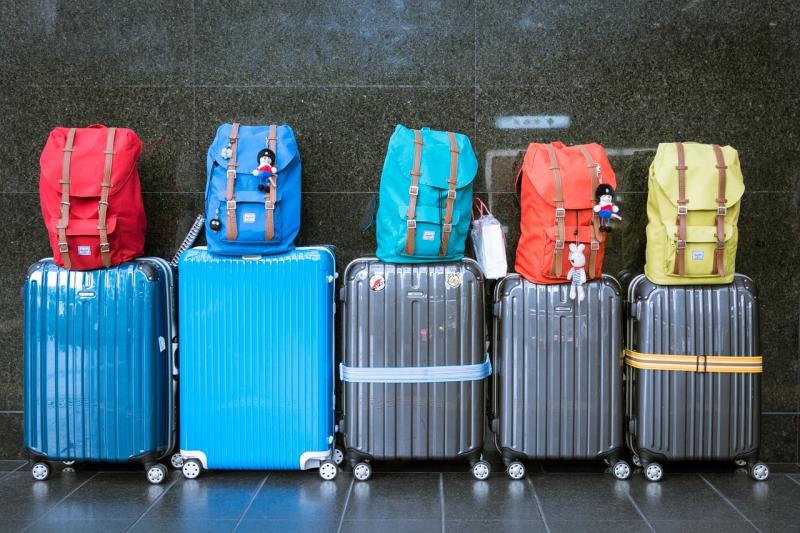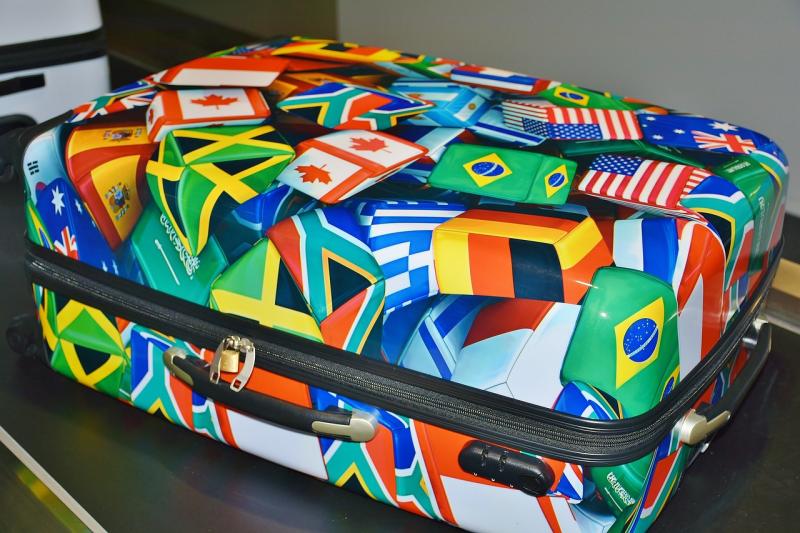First, empty out your suitcase or carry-on. Go through all your pockets and compartments. You don’t want to miss that lone sock or any small items. Once it’s empty, use a soft brush or vacuum with a brush attachment to get rid of dust, crumbs, and any other debris from the inside.
For the outside, take a damp cloth with a mild detergent and wipe it down. If your luggage is made of fabric, you might need a specialized fabric cleaner. Don’t hesitate to spot-test any cleaner in a small area first. Make sure to tackle any stains right away to avoid them setting in.
Lastly, let your luggage air dry completely before putting anything back inside it. It’ll help prevent any musty odors from forming. If you want to go the extra mile, leave a small sachet of lavender or cedar chips inside to keep your luggage smelling nice for next time.
Protecting Your Luggage from Damage
When you're on the go, the last thing you want to worry about is your luggage getting damaged. A few simple precautions can keep your bags looking sharp and functioning well. Here are some friendly tips to help you protect your luggage from bumps and bruises.
First up, invest in a good luggage cover. These stretchy, fitted sleeves can shield your suitcase from scratches, dirt, and even some water spills. Plus, they give your bag a personal touch and make it easy to spot on the luggage carousel.
Next, be mindful of how you pack. Try to distribute the weight evenly inside your suitcase. This balance lessens the stress on zippers and handles. Also, use packing cubes or bags to keep your items organized. It’s a lot easier (and safer) to pack when you know where everything is, and it helps prevent shifting that can lead to dents.
Don't forget to keep an eye on the baggage handlers at the airport. While you can’t control how your bag is treated, you can make sure it’s easy to identify. Bright colors or fun stickers can actually help luggage stand out, reducing the chances it gets tossed around or mistaken for someone else’s.
Finally, make sure your luggage has a good warranty or protection plan. If something does happen, you’ll be covered. It gives you peace of mind when you hit the road, knowing that your investment is safe.
Finding the Right Storage Solutions
Don’t overlook smaller accessories like pouches and organizers. These little gems keep your toiletries, chargers, and electronics neatly tucked away. Having a dedicated spot for everything means no more frantic searching for that travel-sized lotion or phone charger. Grab a toiletry bag that hangs for easy access. Hang it up in your hotel bathroom, and you’ll save counter space and keep things tidy.
If you’re into tech, consider a luggage with built-in USB ports or compartments for your gadgets. It’s a real lifesaver when you need to charge your devices on the go. Look for bags with RFID-blocking pockets too. They keep your cards and passport safe from electronic pickpockets, giving you peace of mind while you explore.
Lastly, think about the weight of your storage solutions. Lighter bags mean more room for your stuff! Choose lightweight material but still durable enough to handle the wear and tear of travel. That way, you can bring just what you need without huffing and puffing at the check-in counter.
Keeping Your Zippers in Top Shape
First up, always make sure your zippers are clean. Dust, dirt, and lint can build up in the zipper track over time. Just grab a soft brush or a clean cloth and gently wipe between the teeth. This little step can prevent bigger problems later on!
If your zipper feels a bit stiff, don’t panic. A tiny bit of lubricant can work wonders. You can use a graphite pencil by rubbing it on the zipper teeth, or try a zipper lubricant spray. Just be careful not to use too much; a little goes a long way.
Also, when packing your luggage, try not to overload your bag. Zippers can strain under pressure, especially if you’re cramming in a few extra items. Make sure you can zip it up without forcing it.
Finally, always zip up your luggage fully when it’s not in use. This helps keep the teeth aligned and can prevent accidental snags. Simple, right? With just a bit of attention, your zippers can last for years!



